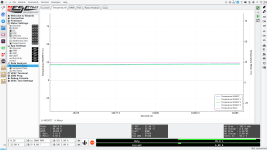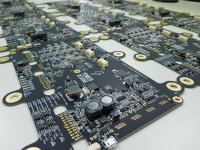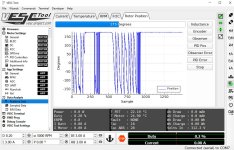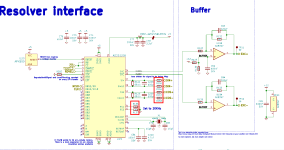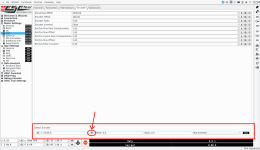marcos
1 kW
- Joined
- Nov 19, 2016
- Messages
- 348
You are right peters, but thats not the worse case scenario. The fire happens because due to the uncontrolled current you can blow the battery fuse, then it gets open circuited and voltage rises. The fuse is there for a reason, you need to take into account the scenario in which it blows.peters said:Correct me if I'm wrong, but if the pwm stops in FW mode and the BEMF becomes so high that the phase-to-phase voltage exceeds the battery voltage then the antiparallel diodes start to conduct at the sine wave peaks at an uncontrollable high current. Isn't it true?
If it is so, then the higher voltage IGBT wouldn't extend the safe FW speed range, because the diodes are in forward conduction. The phase-to-phase voltage is limited to Vbat+2*Vdiode by the battery and the diodes, and anything above that would be cut off at high current. In this case the safe FW operation would always be to limit the max possible phase-to-phase BEMF to the battery voltage (considering the failure mode that the pwm stops working).
In some cases its safer just to open the contactors because the sudden and harsh regen could make the tyres lose traction, thats avoided if you are allowed to open the contactors. I'm not sure that in practice this scenario can make you loose control of your vehicle, but its a sound theory imo.
As Arlin said, what we are going to do for now is to limit the rpm according to the set Vbusmax and the measured flux linkage, those are readily available.
From those parameters you can calculate the rpm that will produce a damaging voltage. In our case it could be set to 600V for example.



